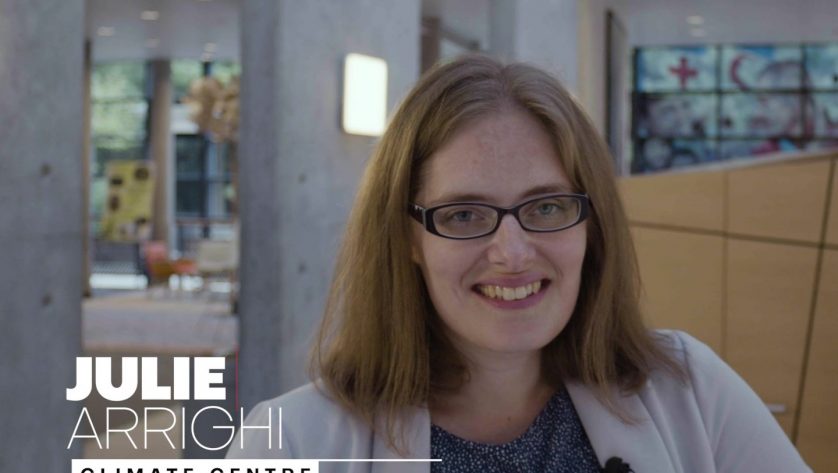Exacerbated by emergency
Similarly, in places hit by natural disaster or other crisis, there is often a dearth of reliable baseline data about the frequency of GBV, making it difficult to know precisely how violence changes in the aftermath of a shock. However, there is growing evidence that the impoverishment caused by emergencies increases both the incidence and the impact of GBV.
According to Unseen, unheard: Gender-based violence in disasters, a global study published by the IFRC in 2015, “the increased economic pressures caused by a disaster seem to intensify family tensions and GBV”.
Further, the way poverty is addressed (or not addressed) in the post-disaster context can also have an impact, the report continues. “Where they lack economic alternatives, women and girls in abusive relationships have little choice but to remain with their abuser,” in the aftermath of a disaster.
Poverty and desperation may also force many women and girls into child marriage or transactional sex (for money, food or protection), and they become more vulnerable to traffickers. On the other hand, programmes to help women “must be designed and implemented carefully, because new economic opportunities can expose girls and women to new risks (for example, if they need to travel to a new job).”
While GBV is often invisible to outside observers, the report urges humanitarian organizations and governments to operate on the assumption that it is happening. Many relief organizations, including the components of the International Red Cross and Red Crescent Movement, are doing more to make the protection of people from gender and sexual violence an integral part of their response to emergencies.
Before the hurricane season, for example, the Haiti National Red Cross Society uses radio, TV and mobile-phone SMS services to share information on how to prepare while also raising awareness around GBV.
With ICRC support, women in Casamance, Senegal, have diminished their risk of sexual violence via livelihood projects (donation of grain mills, seeds and agricultural equipment; support with creating market gardens and training, etc.). The projects reduced their need to leave their villages to forage for food and thus potentially fall prey to attackers.
These are just two in a growing list of efforts, backed up at the global level by a resolution, passed by states and the Movement at its 32nd International Conference in December 2015, that specifically condemns gender-based violence in all its forms — but particularly during disaster and conflict — and calls on Movement components and governments to do more to address the issue.
Such assistance, protection and prevention efforts, however, are motivated more by the need to safeguard the health and well-being of the victims than by the economic impact or the effect on overall community recovery.
Nevertheless, numerous studies on micro-credit projects focusing on women show how they play a critical role in economic and social cohesion of impoverished communities. For survivors of sexual violence — whose families and communities often marginalize or ostracize them — interventions that help protect their dignity and restart livelihoods are essential to helping them recover and, eventually, contribute to their local economies.
Women who are too terrified to venture out of the house or can focus only on the safety of their loved ones, cannot till fields, support their children or provide the love, support and protection that children require. In the wake of emergencies, protecting women is not only essential to the right to life and dignity of every woman but is also critical to the full recovery of an affected community.
As conflicts become longer, as violence in urban areas becomes increasingly entrenched and as climate change leads to intractable competition for scarce resources, the contribution that women make to the resilience of their communities is too often overlooked.
Or, like the daughter of Marta Rebaldo, it is disappeared. And the effects damage us all.
 Red Cross Red Crescent magazine
Red Cross Red Crescent magazine 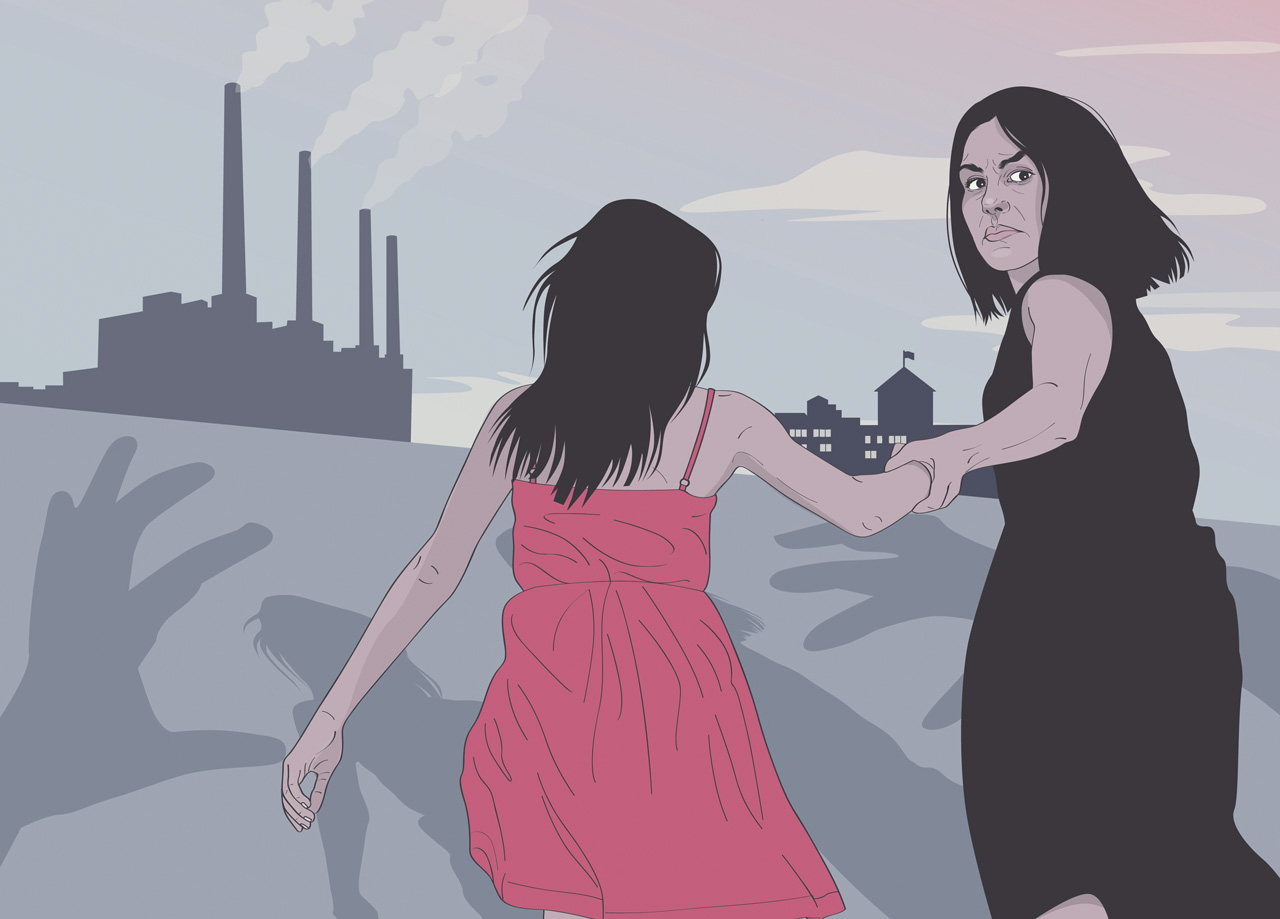
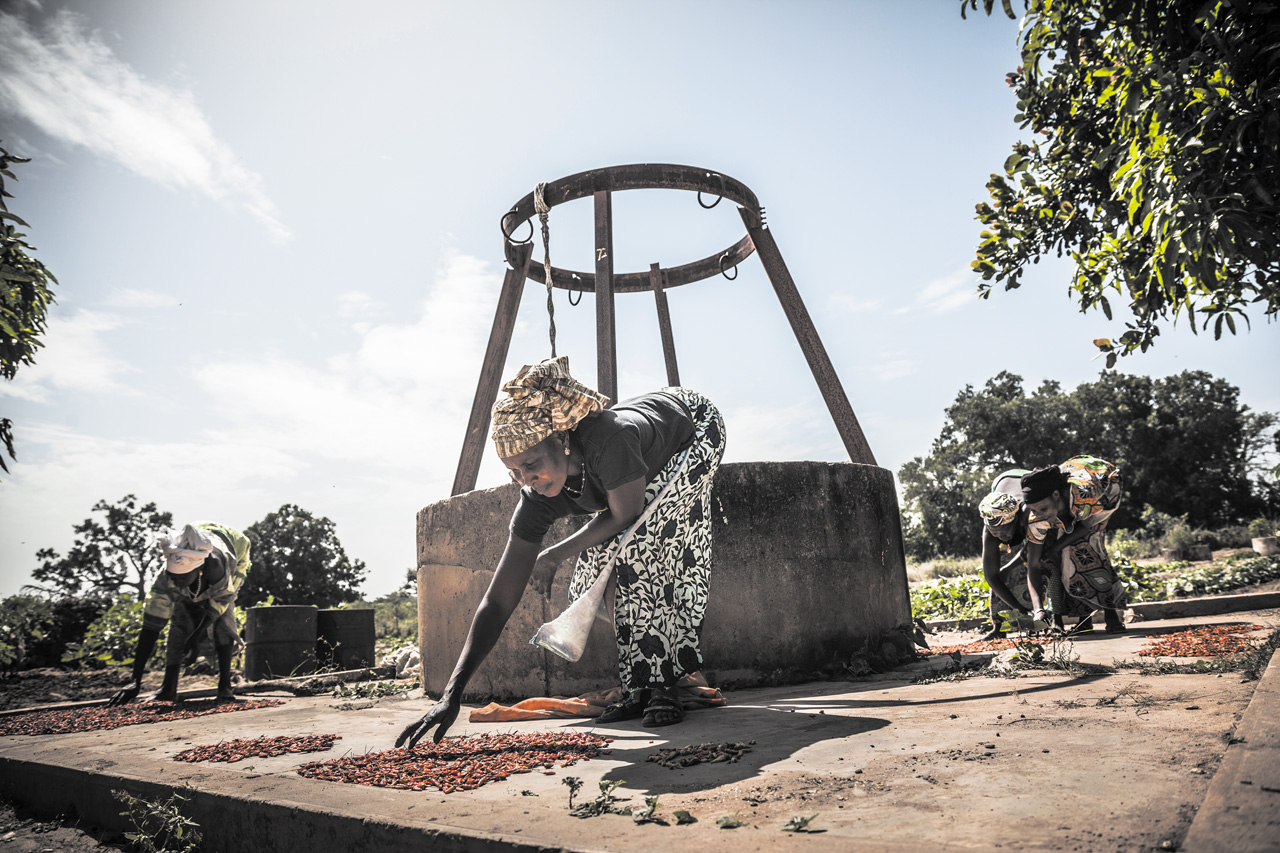
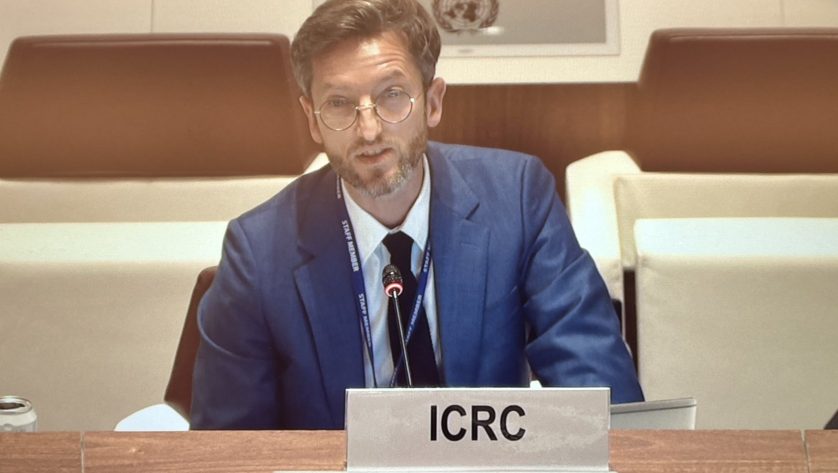

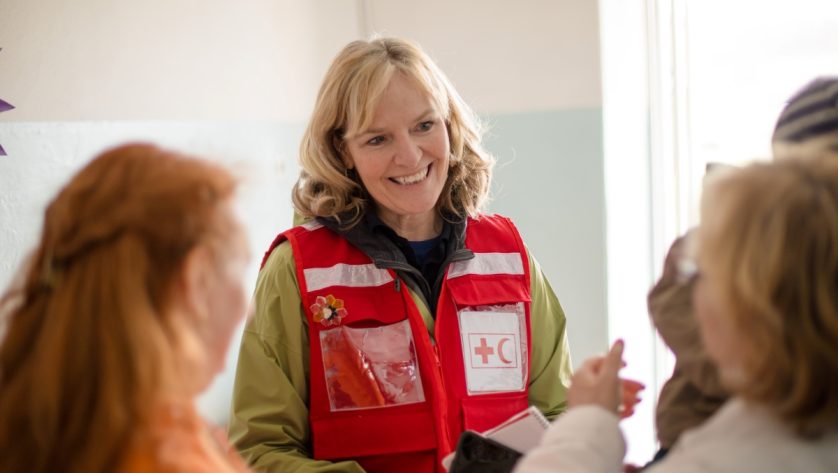

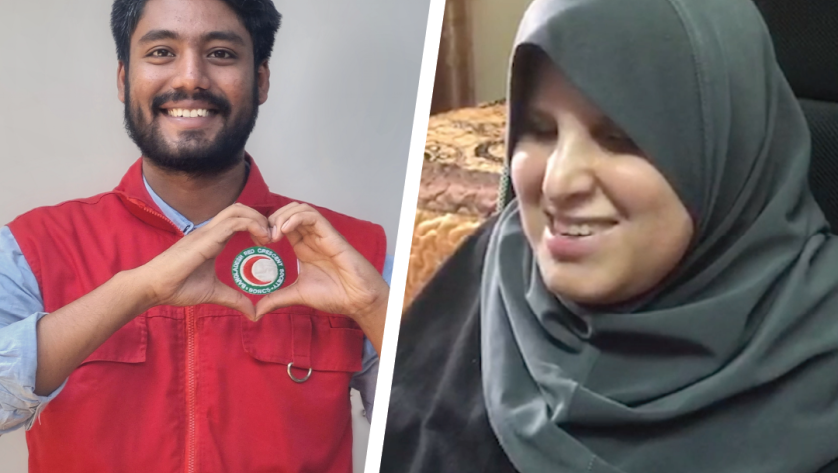

 Tech & Innovation
Tech & Innovation Climate Change
Climate Change Volunteers
Volunteers Health
Health Migration
Migration